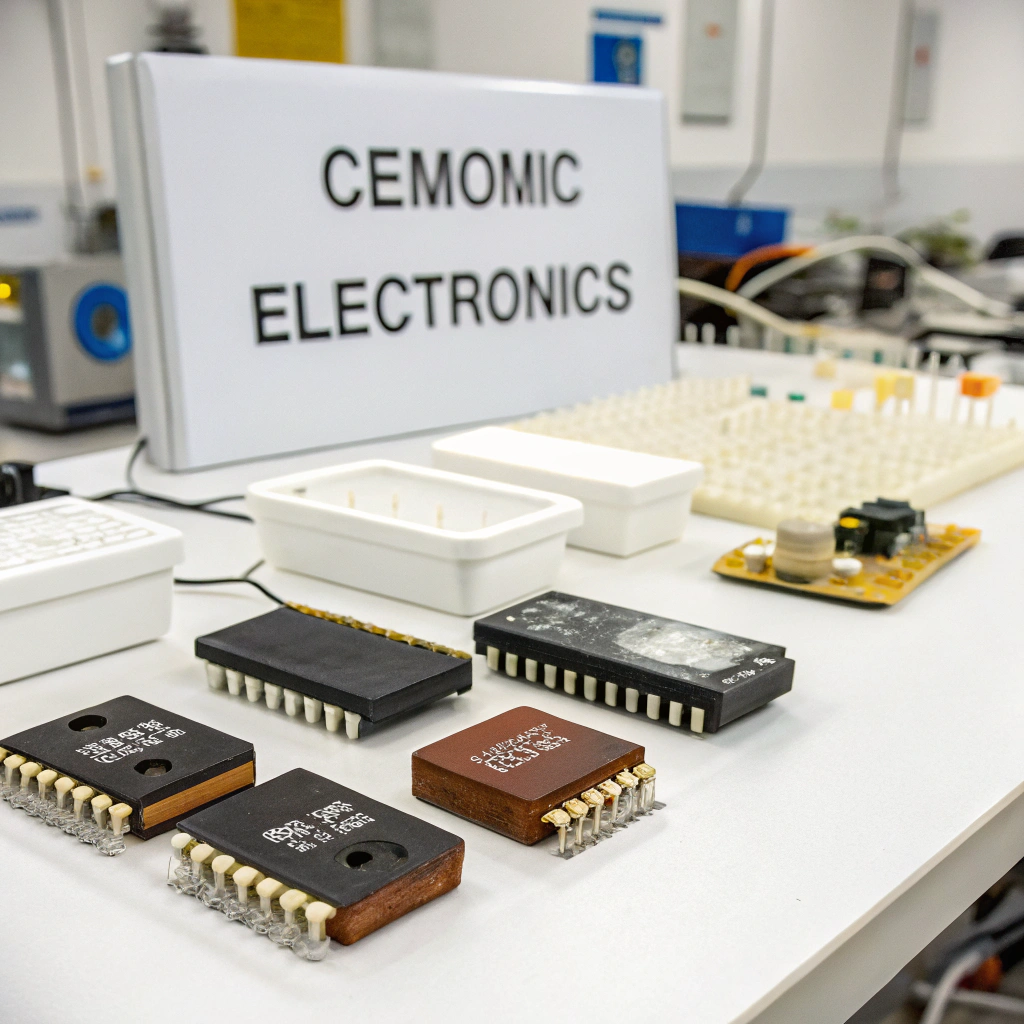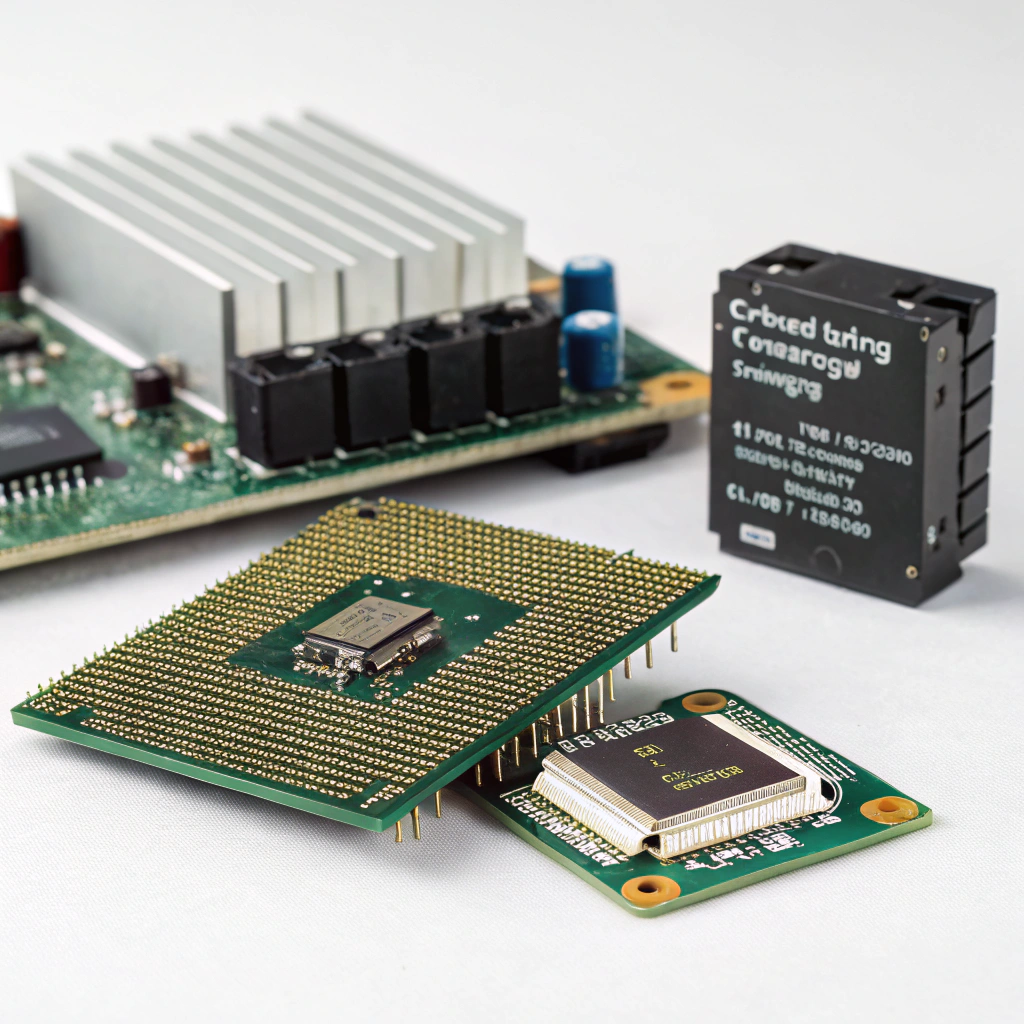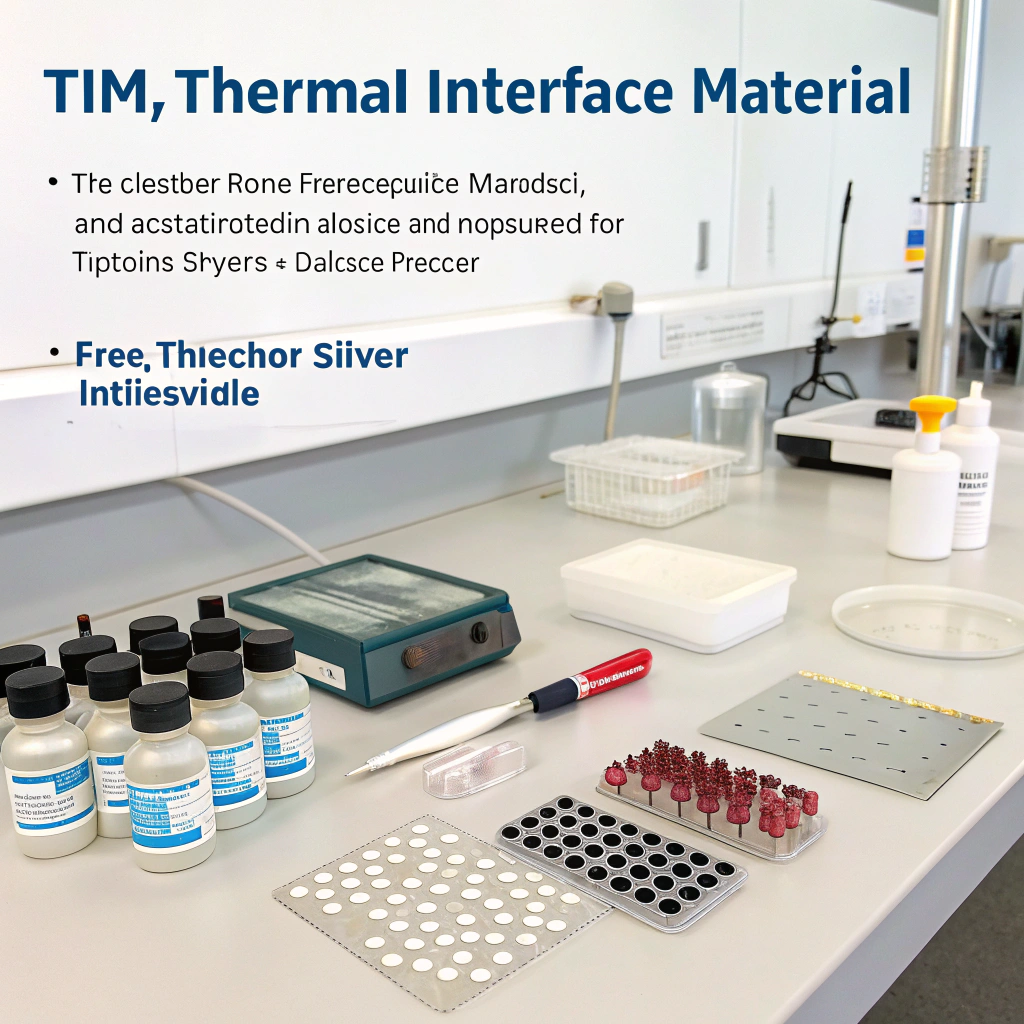Can I use a heat sink without thermal paste on CPUs or MOSFETs?

If you’re tempted to skip thermal paste while mounting your heat sink, stop right there — it might cost you more than you think.
Using a heat sink without thermal paste creates microscopic air gaps that trap heat, leading to thermal inefficiency and possible device damage.
It may look like your heat sink is firmly attached, but metal-on-metal contact isn’t perfect. Without thermal paste, the heat generated by CPUs or MOSFETs won’t escape fast enough, causing overheating and shorter device lifespan.
What is thermal paste and how does it function?
People often think the heat sink alone does the job, but thermal paste plays a crucial role in this system.
Thermal paste is a heat-conductive compound applied between a device and heat sink to eliminate air gaps and enhance heat transfer.

Even the smoothest surfaces have tiny imperfections. These micro-gaps trap air, which is a poor conductor of heat. Thermal paste fills these gaps, creating a better path for heat to travel from the chip to the sink.
Key characteristics:
| Характеристика | Функция |
|---|---|
| Высокая теплопроводность | Transfers heat efficiently between surfaces |
| Viscosity | Ensures spreadability without leaking |
| Стабильность | Maintains consistency under heat cycles |
Common types of thermal pastes:
| Тип | Base Material | Лучшее для |
|---|---|---|
| Ceramic-based | Silicone & ceramics | General electronics, low budget |
| Metal-based | Silver or aluminum | High-performance CPUs or GPUs |
| Carbon-based | Graphite or carbon | Balanced thermal and electrical safety |
| Liquid metal | Gallium alloy | Extreme cooling, expert use only |
Thermal paste improves heat transfer by removing air pockets.Правда
It fills microscopic gaps between metal surfaces that would otherwise trap heat.
You don’t need thermal paste if the heat sink touches the device directly.Ложь
Direct contact still leaves micro-gaps that reduce heat transfer efficiency.
What are the benefits of using thermal paste?
While it’s a small component, thermal paste plays a huge role in system stability and performance.
Thermal paste ensures consistent heat transfer, prevents overheating, and helps maintain reliable operation under heavy load.

In my experience with custom industrial controllers, I’ve seen systems shut down simply because someone forgot to apply or replace thermal paste. It’s easy to overlook but essential for thermal control.
Core benefits:
| Выгода | Пояснение |
|---|---|
| Better thermal contact | Reduces resistance between device and sink |
| Lower operating temps | Helps maintain safe, stable component temperatures |
| Более длительный срок службы | Minimizes thermal stress on critical electronics |
| Higher performance | Prevents CPU or MOSFET from throttling under load |
This is especially critical for CPUs running at high frequencies or MOSFETs handling variable power loads. Both can quickly exceed safe temperatures without proper thermal transfer.
Using thermal paste helps prevent thermal throttling in CPUs.Правда
It improves heat transfer, which keeps temperatures within performance range.
Thermal paste is only useful for desktop computers.Ложь
It is also essential for servers, embedded systems, and power modules.
How should I apply or replace thermal paste properly?
Many people misuse thermal paste — either too much, too little, or unevenly applied. That can lead to overheating or mess.
To apply thermal paste, clean old residue, use a pea-sized dot in the center, and ensure even pressure when mounting the heat sink.
Here’s a simple step-by-step guide I follow when working on CPUs or MOSFET-based boards:
Step-by-step:
- Power off the system. Unplug all power sources.
- Remove old thermal paste. Use isopropyl alcohol (90% or above) and a lint-free cloth.
- Apply new paste. Use a pea-sized drop in the center of the chip. No need to spread — the heat sink will do that.
- Re-mount the heat sink. Press it straight down with even pressure to spread the paste.
- Secure it tightly. Avoid sliding or twisting after contact to prevent air gaps.
Dos and Don’ts:
| Do | Don’t |
|---|---|
| Use high-quality paste | Apply too much or too little |
| Clean surfaces before applying | Reuse old, dried paste |
| Replace paste every 1–2 years | Leave paste unused for extended periods |
Also, remember that some pastes need “curing time” — the thermal performance improves after several hours of operation.
Spreading the thermal paste manually with a card is always necessary.Ложь
Most applications work best by applying a central dot and letting the heat sink spread it.
You should clean off old thermal paste before applying new paste.Правда
Old paste can dry out and reduce heat transfer, so it must be removed.
What are the innovations in thermal interface materials?
Thermal paste is evolving fast. New technologies are helping devices stay cooler, longer — with less maintenance.
Innovations include phase-change materials, graphite sheets, and nanomaterial-based pastes that improve efficiency and ease of use.

As devices shrink and power density rises, thermal interface materials (TIMs) are becoming smarter and more advanced. Here are some recent innovations:
1. Phase-Change Materials (PCMs)
These pastes harden at room temperature but melt at operational temperatures, filling gaps perfectly. They’re ideal for consistent pressure applications.
2. Graphite Pads and Films
Used in thin-profile electronics, graphite pads offer good thermal conductivity without the mess. They’re easier to apply and remove than paste.
3. Nano-TIMs
Nanoparticles (like boron nitride or silver) are used to improve thermal conductivity. These are found in premium thermal pastes used in high-performance computing and data centers.
4. Non-Electrically Conductive Liquid Metals
Gallium-based compounds are being re-engineered to reduce electrical risk while maintaining high thermal performance.
Comparison of TIM innovations:
| Тип | Выгода |
|---|---|
| Phase-change paste | Self-adjusts under heat |
| Graphite pad | No mess, easy replacement |
| Nano-TIMs | Superior conductivity for small devices |
| Liquid metal (non-conductive) | Combines extreme cooling with safer handling |
I’ve used graphite pads in compact fanless controllers with great results — no spills, no mess, and great contact. They’re ideal for tight spaces where paste could shift or dry out.
Graphite pads are a mess-free alternative to thermal paste.Правда
They are solid sheets that transfer heat without spreading.
Liquid metal is completely safe to use around sensitive circuits.Ложь
Most liquid metals are electrically conductive and must be applied carefully.
Заключение
Skipping thermal paste might seem like a shortcut, but it leads to overheating and shorter device life. Understanding how to apply it — and exploring modern alternatives — ensures your systems stay safe and cool.



